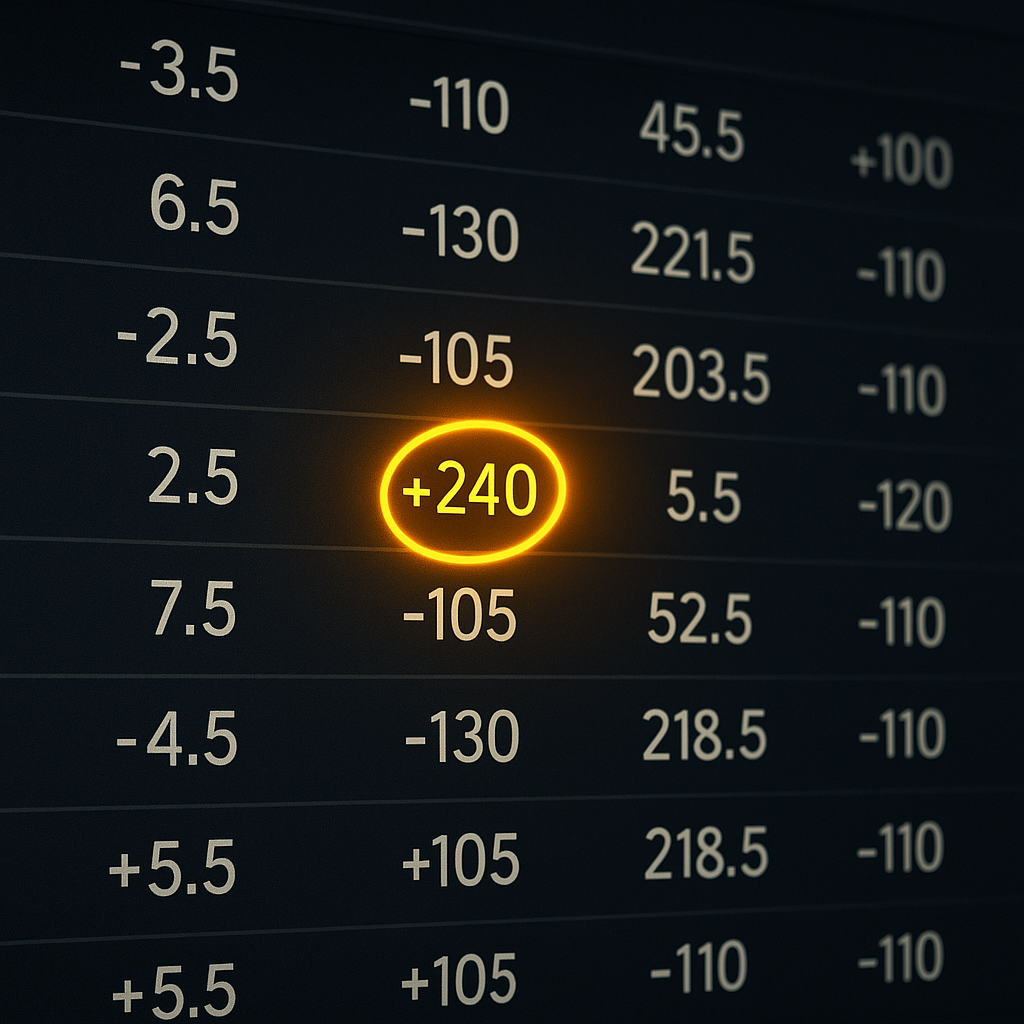 Markets, whether financial or betting, are built on the idea that prices reflect available information. But just like in finance, online betting markets are not always perfect. Odds don’t always reflect accurate probabilities. That gap—where the price differs from reality—is a market inefficiency. Spotting these inefficiencies is what separates casual bettors from sharp ones, a concept often discussed by players sharing their experiences with FunBet and similar platforms.
Markets, whether financial or betting, are built on the idea that prices reflect available information. But just like in finance, online betting markets are not always perfect. Odds don’t always reflect accurate probabilities. That gap—where the price differs from reality—is a market inefficiency. Spotting these inefficiencies is what separates casual bettors from sharp ones, a concept often discussed by players sharing their experiences with FunBet and similar platforms.
Understanding Market Inefficiency
An efficient betting market would set odds that perfectly represent the likelihood of an outcome. If a soccer team has a 50% chance of winning, the odds should reflect that. But sportsbooks rely on human oddsmakers, algorithms, and public betting behavior. None of these is flawless—mistakes, biases, and slow adjustments open opportunities for value bets.
Market inefficiency doesn’t mean guaranteed wins. It means there’s a mispriced opportunity that, over time, can lead to a profit if you consistently take advantage of it.
Where Inefficiencies Come From
Several factors create mispricing in online betting markets:
- Public bias: Sportsbooks know that casual bettors often favor popular teams or star players. Odds can be skewed to account for heavy betting on these sides, making the underdog more valuable.
- Slow line movement: Odds adjust as money comes in, but not every book moves at the same speed. If one site reacts slowly to news—a player injury, weather changes—you might catch favorable odds before they shift.
- Niche markets: High-profile events like the Super Bowl are tightly managed. Lesser-known leagues, small tournaments, or prop bets often get less attention and lower pricing. Sharper bettors tend to find edges here.
- Bookmaker errors: Sometimes it’s just a mistake. Odds compilers may misjudge a matchup or overlook a key factor. These errors don’t last long, but they do happen.
- Arbitrage gaps: Different sportsbooks can post different odds for the same event.
Practical Ways to Spot Inefficiencies
Recognizing inefficiencies requires more than gut feeling. It takes analysis, comparison, and discipline. Here are methods that help:
1. Compare odds across sportsbooks
Shopping around is the simplest way to find inefficiencies. If one bookmaker has Team A at 2.10 and another has 1.90, someone is off. Consistently backing the better number adds up.
2. Track closing line value
Closing odds—where the line settles just before the event—are often the most accurate reflection of probability. If you consistently bet at better odds than the closing line, it suggests you’re spotting inefficiencies early.
3. Watch for overreactions
Markets can swing dramatically after news breaks. For example, if a star player is ruled out, odds might shift too far against their team. Often, the rest of the lineup or situational factors balance things more than the public expects.
4. Analyze low-profile events
Books invest resources in getting big events right, but not every tennis Challenger match or second-division basketball game receives the same attention. If you study a niche sport closely, you may know more than the odds suggest.
5. Use data modeling
Building your own probability models, even simple ones, can reveal differences between your numbers and the bookmaker’s. When your model shows a bigger chance of an outcome than the odds imply, you may have found value.
6. Look for correlated markets
Sometimes related bets aren’t priced consistently. For example, if a soccer match is expected to be low-scoring, odds on “under goals” and “draw” might not align perfectly. Checking linked markets can expose inefficiencies.
Avoiding Pitfalls
Spotting inefficiencies is one thing. Exploiting them without falling into traps is another. A few cautions:
- Don’t chase every difference. Just because odds vary doesn’t mean there’s real value. Focus on the disagreements that your research or model supports.
- Bankroll discipline matters. Even if you’ve identified value, outcomes are uncertain. Proper staking keeps you in the game long enough to benefit from long-term edges.
- Stay objective. Many bettors fall into the same trap as casual fans—betting based on preference or narrative. Efficiency hunting requires a cold, statistical approach.
- Be aware of limits. If you consistently beat inefficiencies, some sportsbooks may limit or ban your account. Spreading your action helps.
The Role of Technology
Modern bettors have more tools than ever to spot inefficiencies. Odds comparison sites, betting exchanges, and statistical databases give real-time insights. Automated alerts can notify you when lines drift beyond certain thresholds. While these tools don’t guarantee success, they improve efficiency in finding opportunities before the market corrects.
Long-Term Perspective
Market inefficiencies are not jackpots waiting to be grabbed. They are small edges repeated over time. Think of them like compounding interest. One good value bet won’t change your bankroll overnight, but hundreds of them can produce steady growth over time.
The key is to accept variance. Even the best value bets lose often. The goal is not to win every wager, but to consistently place bets where the odds are in your favor. Over months and years, that discipline is what separates profitable bettors from the rest.
Final Thoughts
Online betting markets are competitive and often efficient. However, inefficiencies exist for those willing to dig deeper, analyze more closely, and remain patient. By comparing odds, studying niches, monitoring market reactions, and employing data-driven methods, you can uncover opportunities that are often hidden in plain sight.
The edge is small, but it’s real. If you can spot inefficiencies and manage your bankroll wisely, betting becomes less about luck and more about exploiting the gaps in the market.